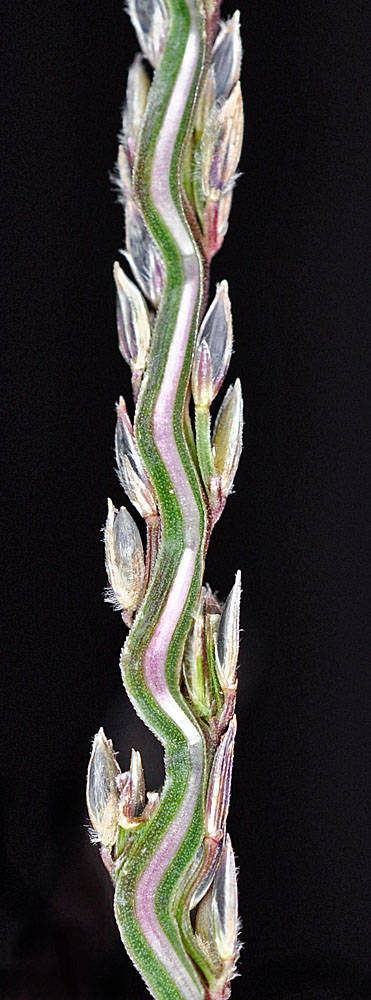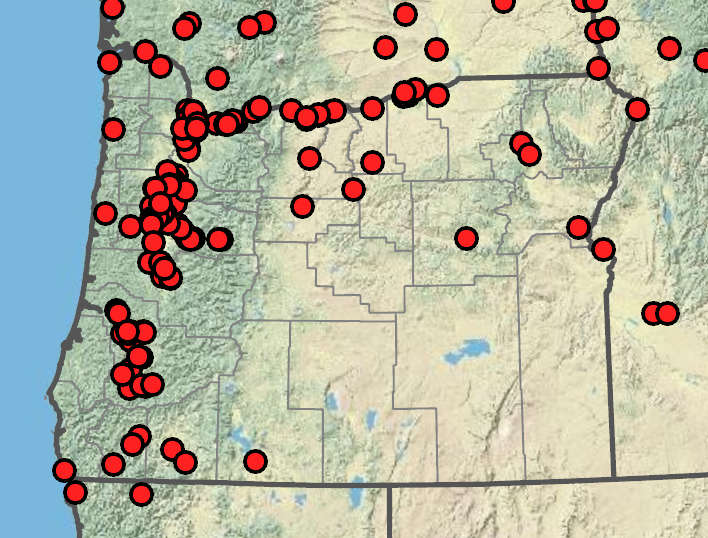Digitaria insularis
Digitaria sanguinalis
hairy crabgrass
sheaths with sparse papillose-based hairs;
blades 2–11(14) cm × 3–8(12) mm; flat, usually with papillose-based hairs on both surfaces, sometimes glabrous.
often purple, with 4–13 spike-like primary branches 3–30 cm × 0.7–1.5 mm, ascending to spreading.
1.7–3.4 mm.
lower glumes 0.2–0.4 mm;
upper glumes 0.9–2 mm, 33–50% as long as the spikelets, 3-veined, pubescent on the margins.
lower lemmas less than to 0.2 mm longer than the upper floret, glabrous, 7-veined;
lateral or all veins scabrous throughout or smooth on the lower 33–50% and scabrous distally, 3 middle veins usually widely spaced; outer veins tightly spaced and near the margins; upper lemmas 1.7–3 mm, yellow or gray, often purple-tinged when young and becoming brown at maturity.
0.5–0.9 mm.
=36, 28, 34, 54.
Digitaria insularis
Digitaria sanguinalis
Disturbed areas, lawns, roadsides. 0–1400m. Col, CR, ECas, Est, Sisk, WV. CA, ID, NV, WA; throughout most of North America; worldwide. Exotic.
Digitaria sanguinalis is a common, late-season weed characterized by its spike-like branches that spread like the spokes of an umbrella. The very similar D. ischaemum lacks hairs on most of its foliage. Cynodon has a similar though more delicate inflorescence, but it is a strongly stoloniferous perennial.
Barbara Wilson, Richard Brainerd, Nick Otting
- Local floras:
BC,
CA,
OR,
WA
- Local Web sites:
CalFlora,
CalPhotos,
Flora NW,
PNW Herbaria
WildflowerSearch
iNaturalist (observations)
USDA Plants Database
- LBJ Wildflower Center
- SEINet
- Plants of the World Online
- Encyclopedia of Life
- Wikipedia
- Google Image Search



